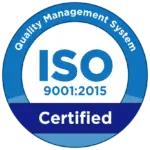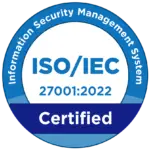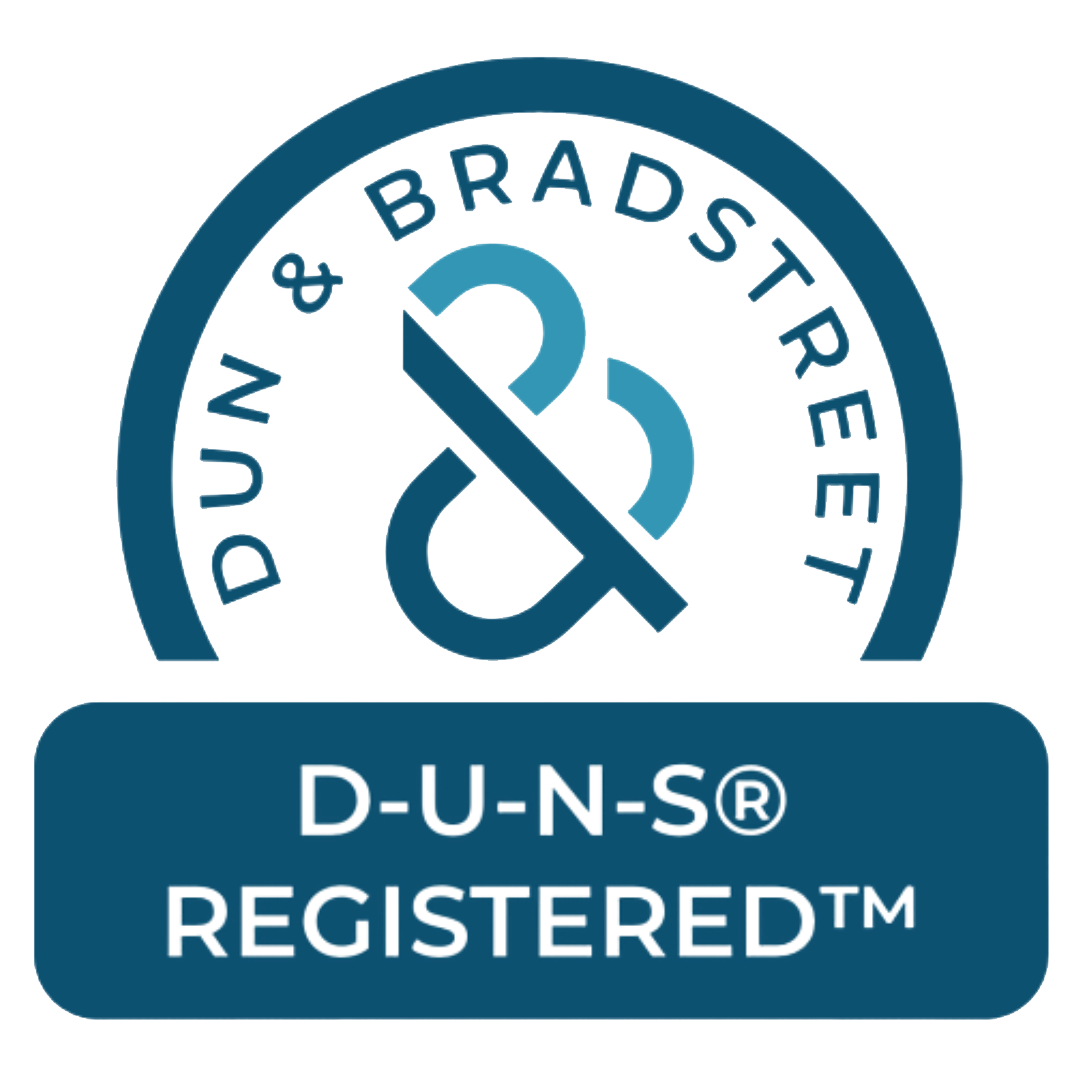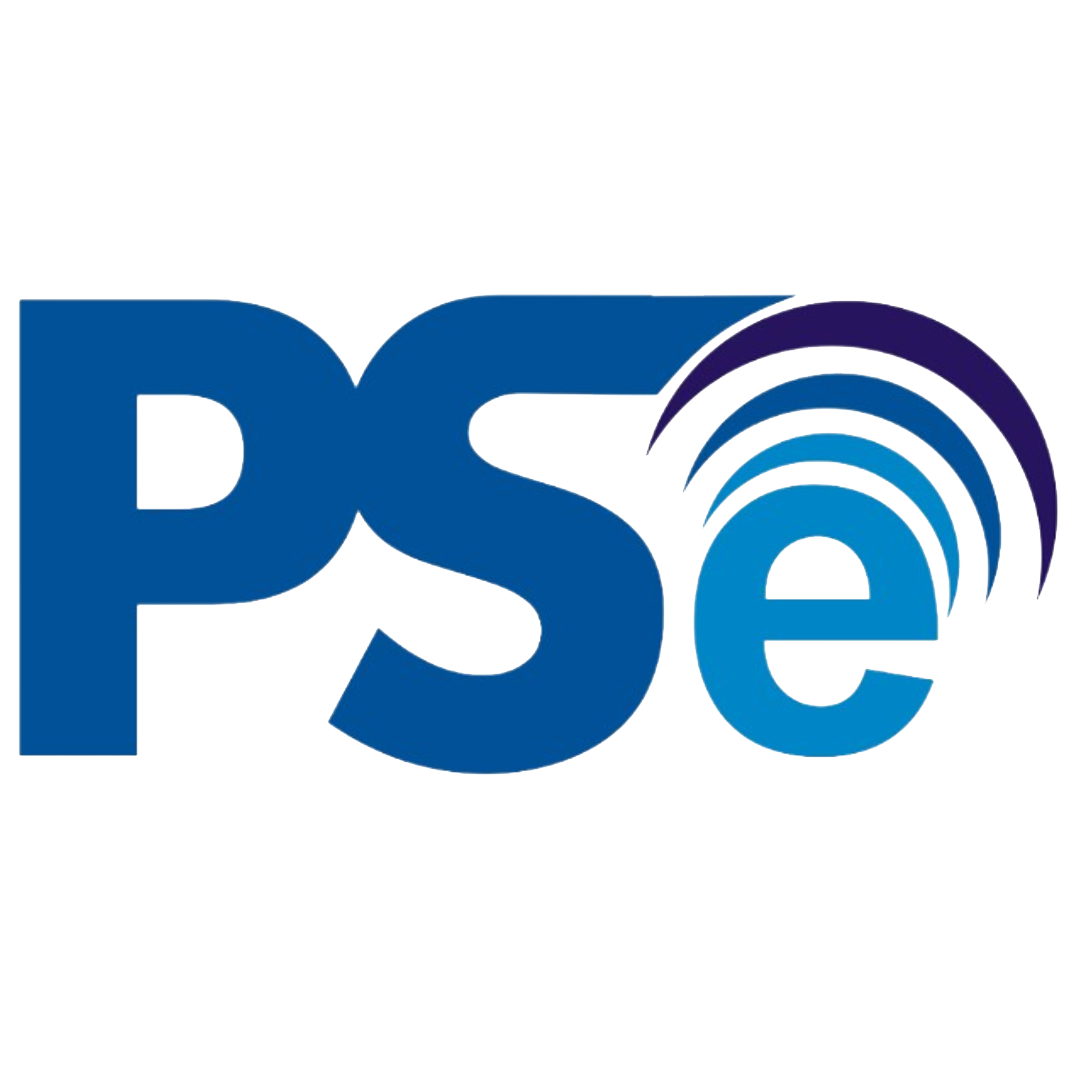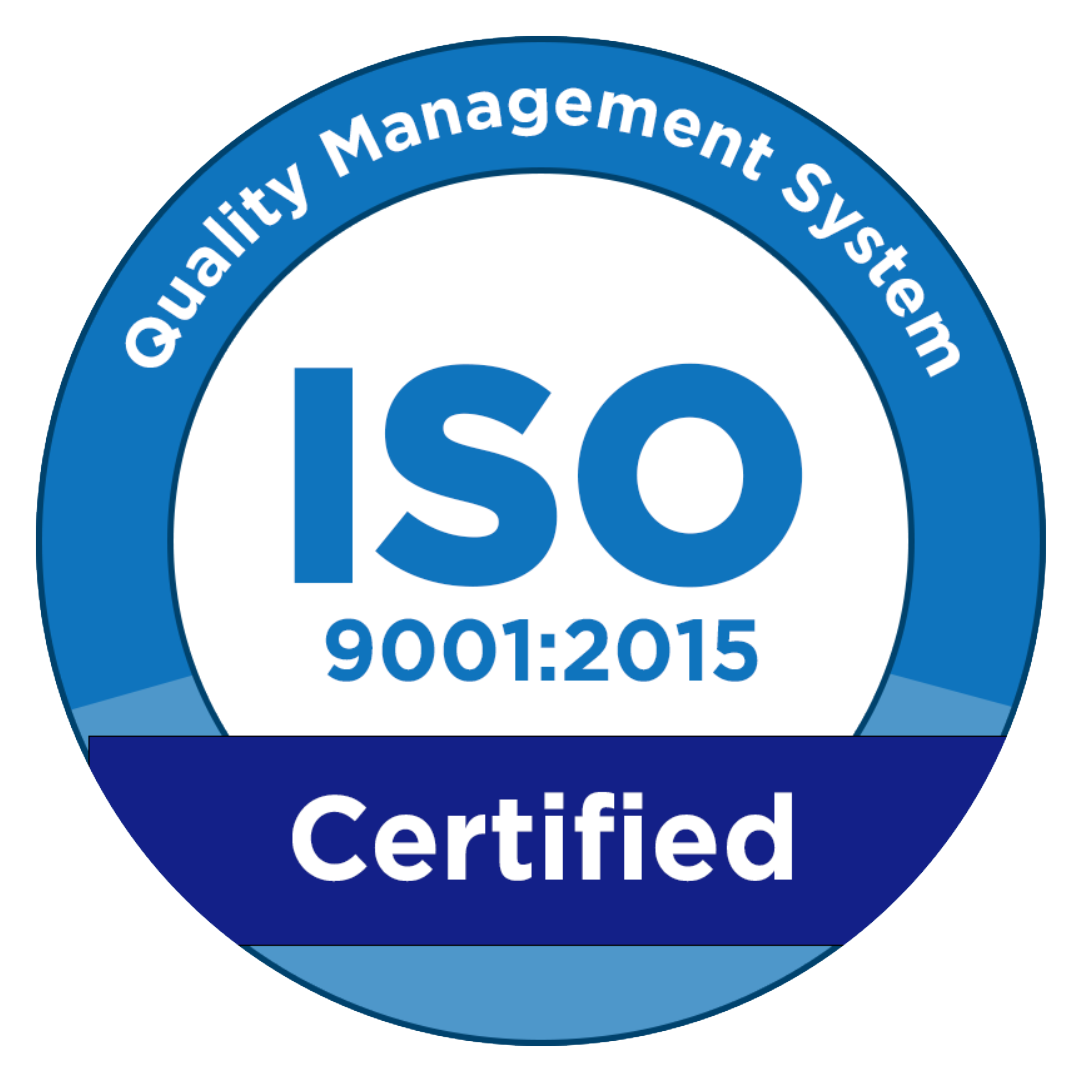As technology advances, speed and cyber security are everything. However, without solid protection, the CI/CD pipeline can become an easy target for cyberattacks. This is where the critical role of CI/CD security comes into play. It’s not just an additional feature—it’s an essential element that ensures the security and workflow of DevOps from start to finish.
What is CI/CD Security?

CI/CD security is a set of practices and tools implemented to protect all stages of the automated integration and deployment pipeline.
The goal is to maintain code integrity, prevent exploitation of vulnerabilities, and ensure that every change proceeding to production has gone through a secure validation process.
As DevOps technology evolves, the demand for robust security increases. In the past, deployments occurred occasionally—now, they can happen multiple times a day. Without proper protection, the risk of exploitation grows significantly. Therefore, CI/CD security is no longer optional; it’s a necessity.
What Are the Tools in CI/CD Security?
There are a wide range of tools available in CI/CD security that you can use to implement DevOps. Here are some of the options:
1. Spectral
Spectral is a tool designed for developers, utilizing AI to reduce false positives while maintaining high detection accuracy. It provides early feedback during development, making shift-left security and data loss prevention easier.
2. AppKnox
AppKnox is a mobile application security testing solution that performs SAST, DAST, and API scans. This tool helps teams develop apps quickly without sacrificing security, thanks to its automatic scanning feature that eliminates the need for manual intervention.
3. Jit
Jit is a DevOps solution that integrates with several open-source tools, such as Semgrep and OWASP ZAP. Its key features include compliance support and toolchain implementation within the DevOps ecosystem.
4. Vulcan Cyber
Vulcan Cyber is a platform focused on remediation through real-time insights. It quickly identifies issues and vulnerabilities as code moves from development to production. Key features include integration, CI/CD security monitoring, and risk-based prioritization.
5. SonarQube
SonarQube integrates with your CI/CD pipeline to ensure code quality and cleanliness. It automatically reviews code and supports various languages, frameworks, and Infrastructure-as-Code (IaC) platforms. Core features include security hotspots, enhanced visibility, and the Sonar quality gate function.
What Are the Best Practices for Implementing CI/CD Security?
Malicious actors are constantly trying to breach your system’s encryption. Common CI/CD threats include misconfigured security settings. So, how do you tackle this? Here are the best practices for implementing CI/CD security:
1. Restrict Repository Access
Continuous integration relies on code repositories and version control systems to host basecode and facilitate collaboration. While highly beneficial, weak security opens doors for intruders.
If the codebase is compromised, that vulnerability will automatically be present in the running application. Thus, encrypting your code is crucial. Never embed secrets in application code.
2. Secure Sensitive Information
Sensitive information such as tokens, API keys, and credentials are often prime targets. Unfortunately, many developers still store these in source code. Use dedicated tools to manage secrets, and implement auto-rotation to reduce misuse risks in case of a breach.
3. Automate Security
Security integration should not slow down DevOps workflows, it should be part of the automation process. By embedding scans and validations into the pipeline, you can detect issues before they hit production.
How to do it? Use automated vulnerability scanning tools every time a code push occurs. Early detection leads to lower remediation costs.
4. Monitor Security
Security is not just about prevention, but also quick detection and response when things go wrong. Active monitoring enables your security team to detect anomalies before they escalate. Strategies include creating alert systems for config changes and building dedicated teams to act swiftly on detection alerts.
5. Enforce Strict Access Controls
Every component in the pipeline should operate under the principle of least privilege. Not everyone needs access to every stage of the CI/CD pipeline. Access should be granted based on roles and responsibilities. Best practice: Implement Role-Based Access Control (RBAC) across all platforms in use.
Strengthen Your CI/CD Pipeline Security with GeekGarden!
That’s an overview of CI/CD security, recommended tools, and best practices for secure DevSecOps. CI/CD pipeline security is a vital investment in today’s digital era. Adopting CI/CD security best practices is essential for companies aiming to protect product integrity and user trust.
From automated testing to code encryption, every aspect plays a role in creating a secure, efficient, and reliable DevOps process.
For developers and DevOps teams, start small with gradual audits. Consistency matters more than complexity, and security is a shared responsibility. Ready to boost your CI/CD security?

Contact GeekGarden for the best security solutions to safeguard your DevOps and software development process. Get a free consultation now!
Author: Sari Dewi (Content Writer)









